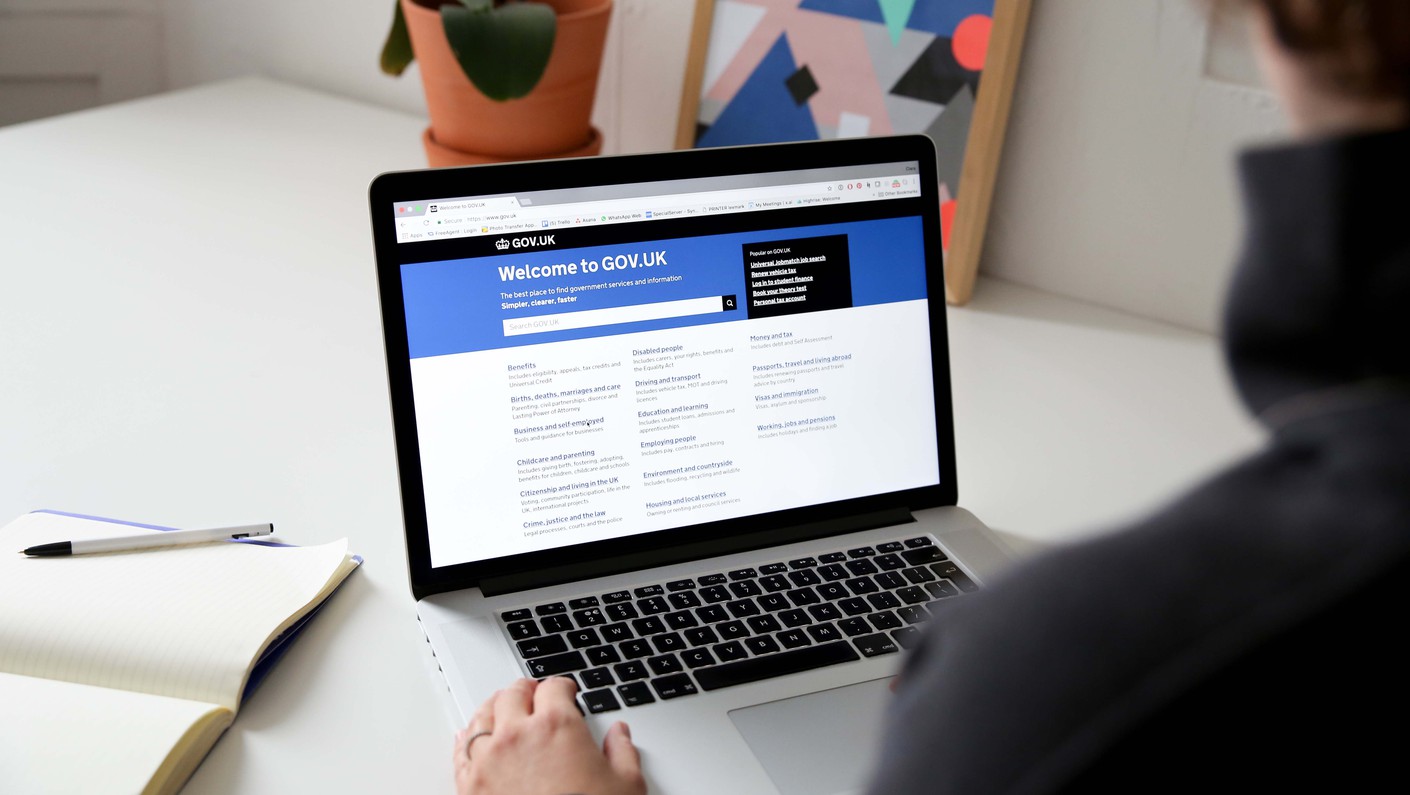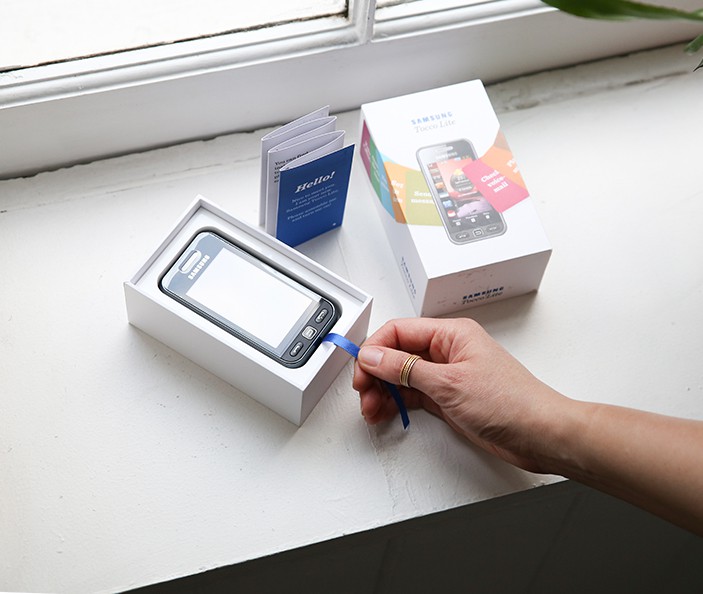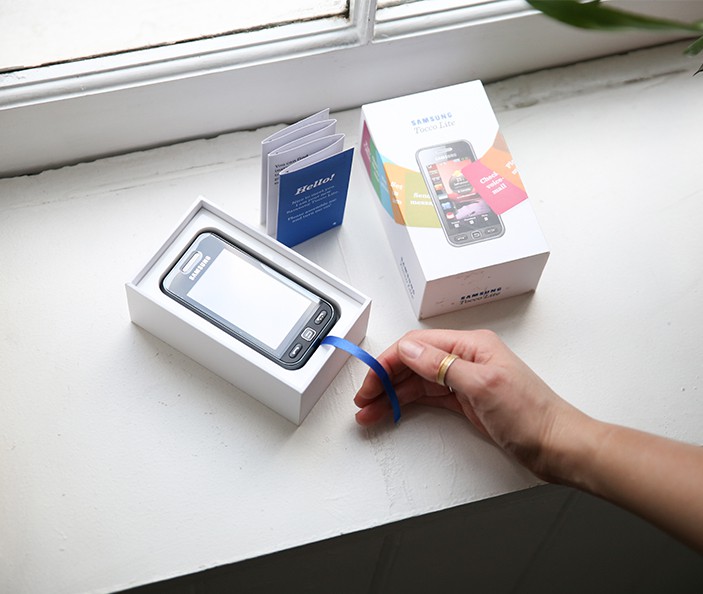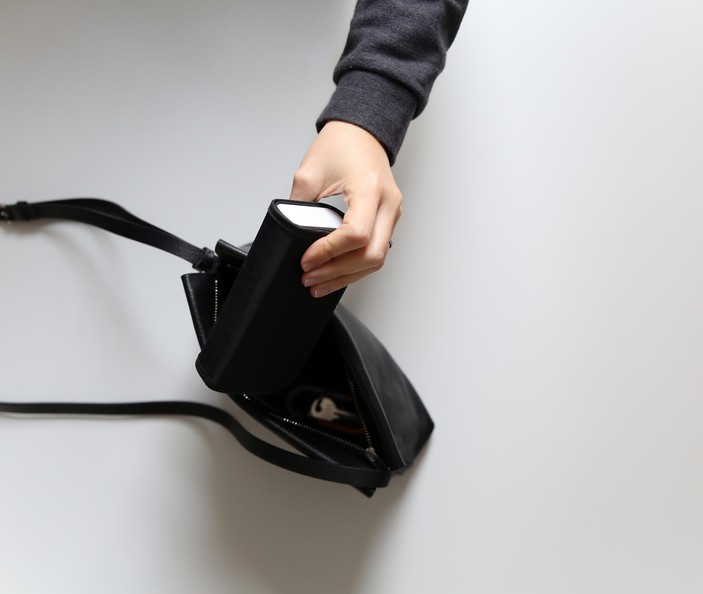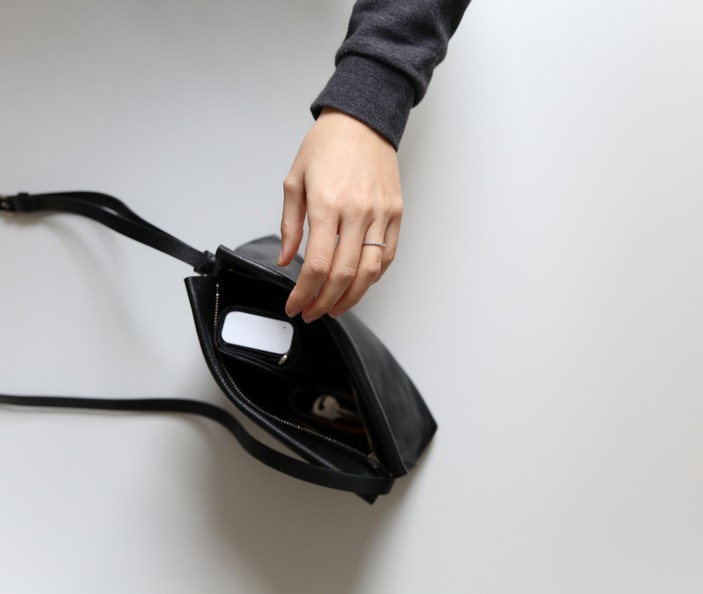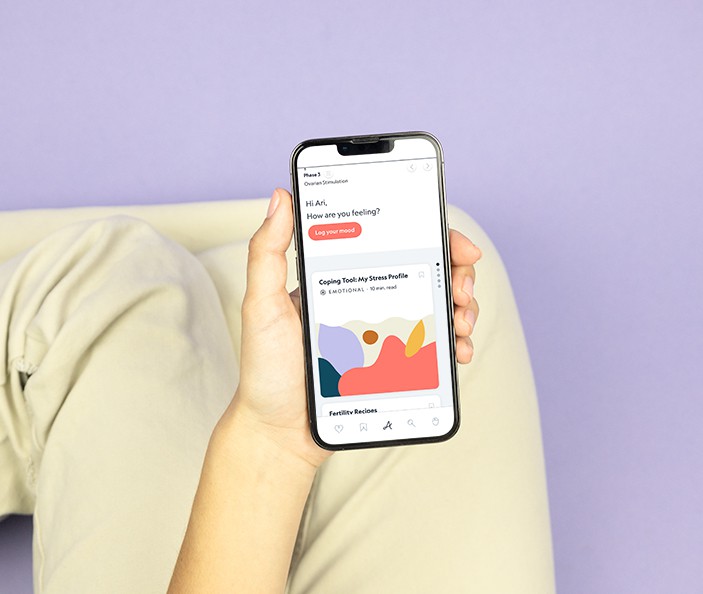Empathy in Design
We stand for user centred design, and there isn’t a project that we’ve done that hasn’t involved end users. I don’t mean involving users in the validation stage, I mean involving users as muses, as wonderful sources of inspiration, at the very beginning of a project. This is where all our greatest ideas take root.
We would never have realised the importance of making a blood pressure monitor portable and discrete if we hadn’t spent time with people with high blood pressure. We would not have thought of redesigning the mobile phone unboxing experience rather than the device itself if we hadn’t spent time with older users and understood where the dip in their experience was. And we never would have come up with a silent tactile messaging concept for mobile phones to reduce digital distraction and addiction if we hadn’t shadowed people on dates (yes, really) and sat in class whilst a teacher told his students not to use their phones.
Finding the dip in the customer experience is key to designing meaningful innovation, and the only way to find that dip is to spend time with your users and build empathy. This is why our designers do our research too. Spending time with the end user is invaluable in building empathy and erasing prejudice to ensure our final designs always meet user need.
In our installation at the Design Museum in London earlier this year, we put our beliefs about empathy into action once again. The exhibition we contributed to was aimed at redefining perceptions of age and older people. To do just that, we designed a participatory installation, where we invited visitors to spend time with older people, asking them one question each. An army of older volunteers donated their time to answer people’s individual questions and ask one question in return. It was interesting to see that whilst the older volunteers asked questions about technology and future careers, the younger people asked questions about manners and asked for advice. They each seemed to empathise with the other beautifully, realising new areas of knowledge they could access through this stranger. The result was heart warming and inspirational, delivering that ‘fuzzy feeling’ that it is our quest to achieve.
I remember ten years ago, when we started this journey, very few companies where open to or familiar with this user centred approach. To my delight today, ‘empathy’ has become one of the biggest buzzwords in our industry, and many others.
We would never have realised the importance of making a blood pressure monitor portable and discrete if we hadn’t spent time with people with high blood pressure. We would not have thought of redesigning the mobile phone unboxing experience rather than the device itself if we hadn’t spent time with older users and understood where the dip in their experience was. And we never would have come up with a silent tactile messaging concept for mobile phones to reduce digital distraction and addiction if we hadn’t shadowed people on dates (yes, really) and sat in class whilst a teacher told his students not to use their phones.
Finding the dip in the customer experience is key to designing meaningful innovation, and the only way to find that dip is to spend time with your users and build empathy. This is why our designers do our research too. Spending time with the end user is invaluable in building empathy and erasing prejudice to ensure our final designs always meet user need.
In our installation at the Design Museum in London earlier this year, we put our beliefs about empathy into action once again. The exhibition we contributed to was aimed at redefining perceptions of age and older people. To do just that, we designed a participatory installation, where we invited visitors to spend time with older people, asking them one question each. An army of older volunteers donated their time to answer people’s individual questions and ask one question in return. It was interesting to see that whilst the older volunteers asked questions about technology and future careers, the younger people asked questions about manners and asked for advice. They each seemed to empathise with the other beautifully, realising new areas of knowledge they could access through this stranger. The result was heart warming and inspirational, delivering that ‘fuzzy feeling’ that it is our quest to achieve.
I remember ten years ago, when we started this journey, very few companies where open to or familiar with this user centred approach. To my delight today, ‘empathy’ has become one of the biggest buzzwords in our industry, and many others.
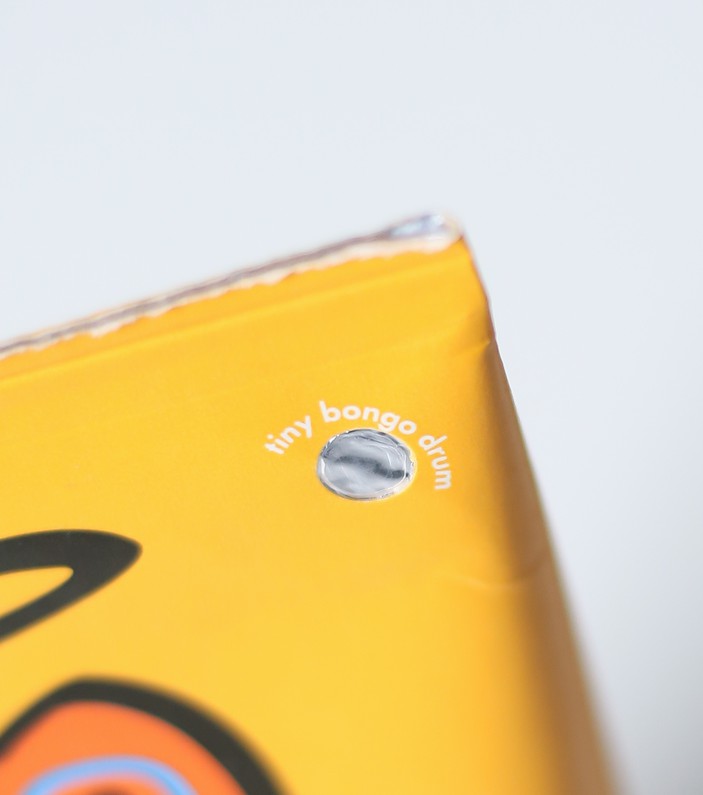
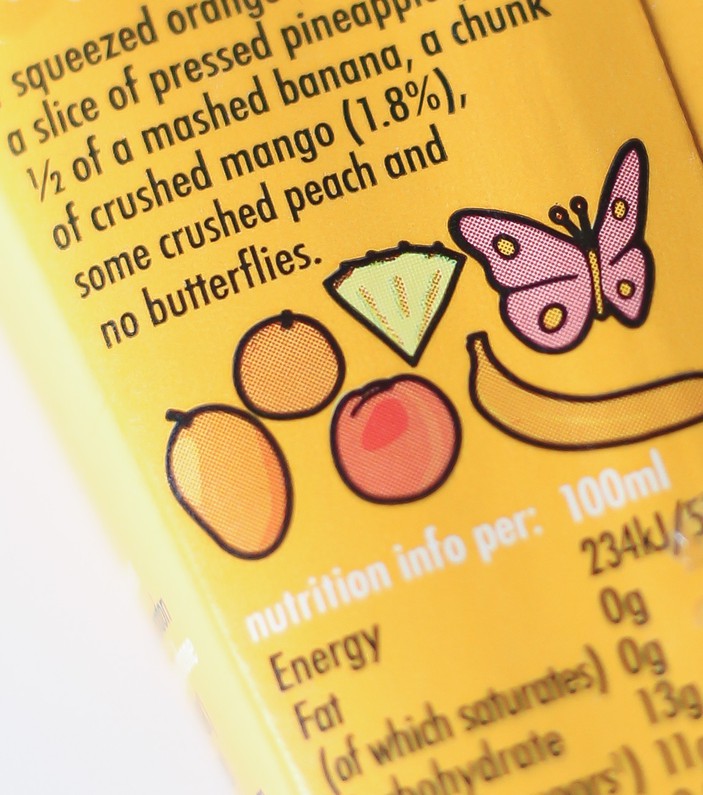
Empathy (or a user centred approach) has been a pillar of Design Thinking for years, alongside other fundamental skills for designers such as teamwork, divergent and convergent thinking, curiosity, optimism, creativity and ambidextrous thinking.
For many years these soft skills were looked upon as nice but not essential, definitely not profitable. But now, in this climate of political tension and social redefinition driven by new technologies, empathy and design thinking have proved to be as important as ever.
The business world has started to pay attention too. The top ten companies in the Global Empathy Index 2015 increased in value more than twice as much as the bottom ten, and generated 50% more earnings.
This Index classifies companies that are successfully creating empathetic cultures, which is fundamental to improving staff and customer satisfaction; it’s only a matter of time before the creation of an index of the most empathetic products and services.
Which will be the companies leading this list?
Which are the companies really understanding your needs and giving you that fuzzy feeling of delight no matter how mundane your task?
Innocent is one of my favourites, with its sweet copy and promises of improved health. Since it’s redesign, gov.uk seems to read my mind and helps me find the answer to my questions in less than 30 seconds. CityMapper collects all possible options to get from A to B in a simple, user friendly interface, and it always delights me with the teleport option. :)
For many years these soft skills were looked upon as nice but not essential, definitely not profitable. But now, in this climate of political tension and social redefinition driven by new technologies, empathy and design thinking have proved to be as important as ever.
The business world has started to pay attention too. The top ten companies in the Global Empathy Index 2015 increased in value more than twice as much as the bottom ten, and generated 50% more earnings.
This Index classifies companies that are successfully creating empathetic cultures, which is fundamental to improving staff and customer satisfaction; it’s only a matter of time before the creation of an index of the most empathetic products and services.
Which will be the companies leading this list?
Which are the companies really understanding your needs and giving you that fuzzy feeling of delight no matter how mundane your task?
Innocent is one of my favourites, with its sweet copy and promises of improved health. Since it’s redesign, gov.uk seems to read my mind and helps me find the answer to my questions in less than 30 seconds. CityMapper collects all possible options to get from A to B in a simple, user friendly interface, and it always delights me with the teleport option. :)
